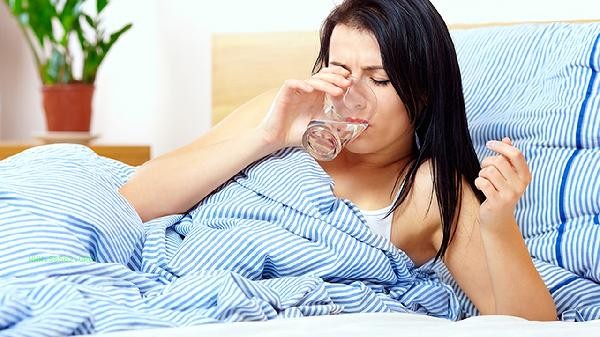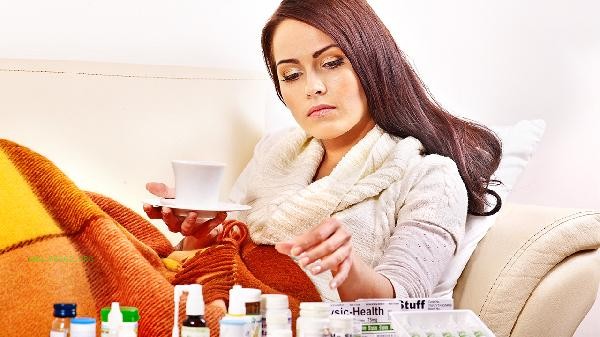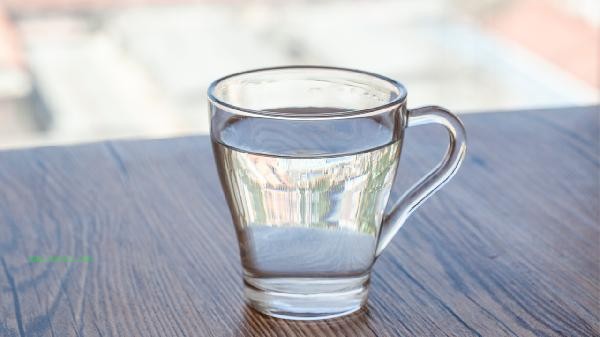The water in the bathroom is generally not recommended for cooking as it poses a health risk. The water in the bathroom may contain pollutants such as bacteria and chemical residues, which can pose a health hazard if consumed or consumed for a long time. The water in the bathroom usually refers to the water source of the toilet water tank or sink, which may be contaminated due to aging pipes, residual cleaning agents, or bacterial growth. The toilet water tank may contain pathogenic bacteria such as Escherichia coli, and the sink water may be mixed with chemicals such as soap and toothpaste. Direct consumption or use for cooking may cause gastrointestinal discomfort, diarrhea, and other problems, especially for children, the elderly, and immunocompromised populations with higher risks.

In special circumstances such as emergency water outage, boiled toilet water can be used briefly, but it must be fully boiled for at least 5 minutes to kill most microorganisms. It is still recommended to prioritize bottled water or professionally purified water sources. Keep the bathroom clean in daily life, avoid water source pollution, and regularly check the sealing of pipelines. To ensure food safety, it is recommended to use tap water that meets drinking water standards or filtered and purified water sources for cooking. If it is necessary to use a bathroom water source, it must be thoroughly boiled and treated with water purification equipment. Long term improvement of the water supply system is still needed to avoid health hazards. Pay attention to observing changes in water quality on a daily basis. If any odor or turbidity is found, immediately stop using the equipment and promptly inspect the pipeline.










Comments (0)
Leave a Comment
No comments yet
Be the first to share your thoughts!